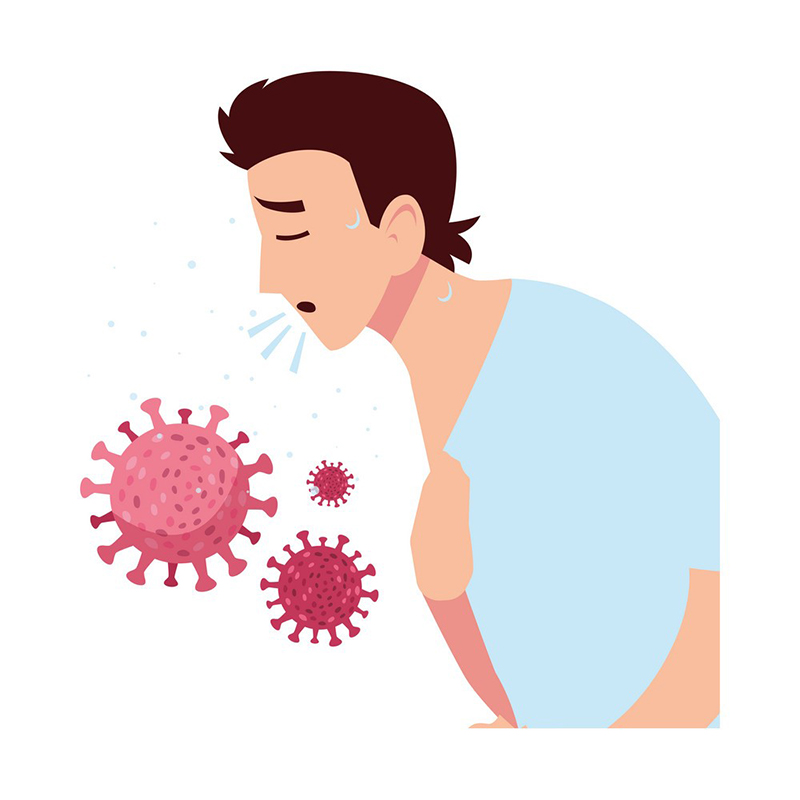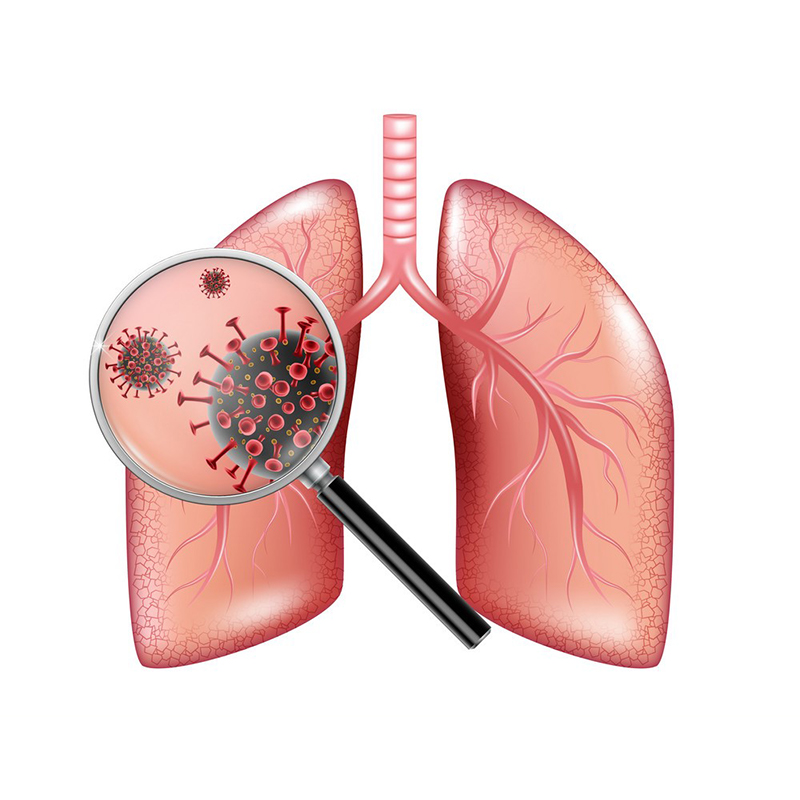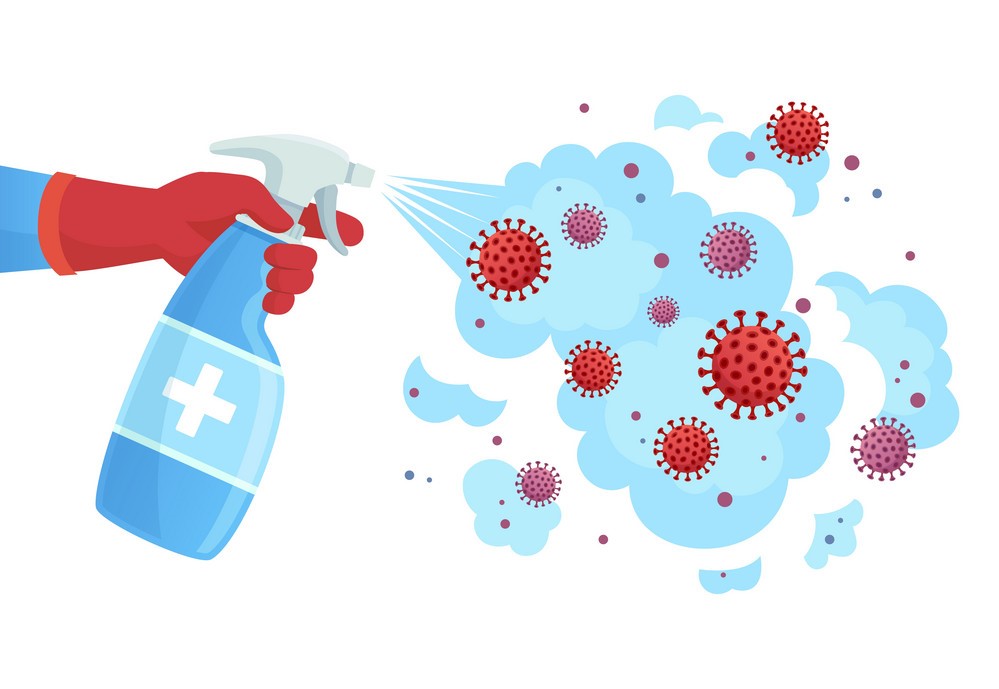When cases of Covid-19 first began emerging in Australia, some people reported disinfecting their groceries before bringing them into their homes, and there were also concerns that the virus could be living on the surfaces of packages in the mail. During Victoria’s extended lockdown, teams of workers could be seen walking city streets disinfecting traffic light buttons, benches and even fences.
An epidemiologist with La Trobe University, Associate Prof Hassan Vally, said just over one year later it has become clear surface transmission is not as significant a factor in Covid-19 spread as once feared. While surface transmission is not impossible, Vally said its role in spread needs perspective.
“I want to be clear that nothing should change in terms of washing our hands and personal hygiene,” Vally said. “We can, however, be less anxious about washing every surface 20 times a day, and just concentrate on good hand hygiene and social distancing, and staying home when sick, which should be more than enough to stop us from spreading the virus.”
Close contact aerosol spread is the driving factor in Covid-19 transmission, primarily when an infected person is in close contact with another person and transmit small liquid particles (droplets and aerosols) containing the virus, especially when they cough and sneeze. These aerosols then get into the nose, mouth and eyes of people nearby.


In a piece for the Conversation, Vally said: “This isn’t to say surface transmission isn’t possible and that it doesn’t pose a risk in certain situations, or that we should disregard it completely. But, we should acknowledge the threat surface transmission poses is relatively small.”
Emanuel Goldman, a professor of microbiology at Rutgers University in the US, wrote in medical journal the Lancet that studies warning of surface transmission had been conducted in the lab, and “have little resemblance to real-life scenarios”.
“In my opinion, the chance of transmission through inanimate surfaces is very small, and only in instances where an infected person coughs or sneezes on the surface, and someone else touches that surface soon after the cough or sneeze (within 1–2 hours),” Goldman said.
“I do not disagree with erring on the side of caution, but this can go to extremes not justified by the data.” Periodically disinfecting surfaces and use of gloves may be reasonable precautions in settings like hospitals, he said, but is probably overkill for less risky environments.

What many of the news reports about the study failed to mention was that it was carried out in the dark to remove the effect of ultraviolet light which helps to kill viruses. Humidity and temperatures in the real world vary constantly, which is different to carefully controlled temperatures in a laboratory. Mail, for example, will go through different humidities and temperatures throughout the system and will also be exposed to light, making survival of the virus in the post extremely unlikely.
The science wasn’t wrong, Vally said, but the interpretation and explanation of the results was.
Peter Collignon, an infectious diseases physician and professor with the Australian National University, agreed all the available evidence says it’s people in close proximity with each other talking, coughing, singing and breathing heavily that drives virus spread.
“They’re breathing them in and it’s getting into their nose and eyes and that is the major risk factor,” he said. It’s why eye protection, particularly in quarantine hotels and hospitals, should be prioritised as much as masks and social distancing, he said.
Collignon cites a large study published in the Journal of the American Medical Association that found 19% of healthcare workers became infected, despite wearing three-layered surgical masks, gloves and shoe covers and using alcohol rub. After the introduction of face shields, no worker was infected.
Prepared : Negin Ghafouri – Biomedical Engineering Student
Source : www.theguardian.com



